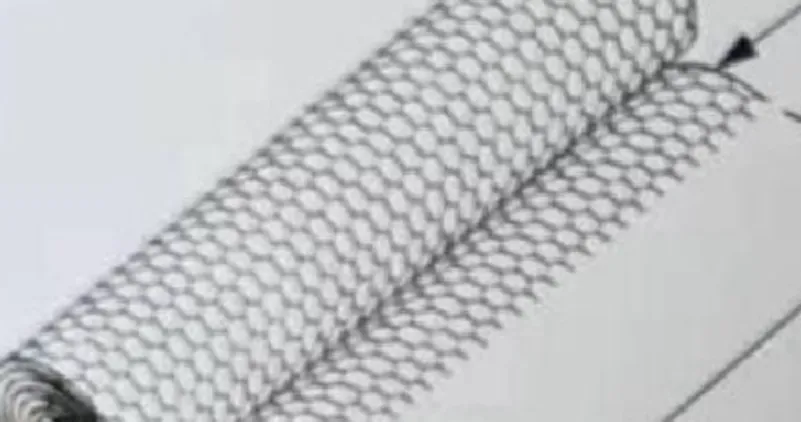-
 Phone:
Phone: -
 Email:
Email:

Coated Nichrome Wire Applications and Benefits for High-Temperature Resistance
Understanding Coated Nichrome Wire Properties, Applications, and Benefits
Nichrome wire, an alloy primarily made of nickel and chromium, has emerged as a popular choice in various applications due to its unique properties. When coated, this wire becomes even more versatile, offering additional benefits that enhance its usability in different environments. In this article, we will explore the characteristics of coated nichrome wire, its applications, and the advantages that make it an essential material in several industries.
Properties of Coated Nichrome Wire
Coated nichrome wire retains the inherent properties of nichrome while adding a layer that improves its performance. The wire is resistant to oxidation and corrosion, a quality that makes it ideal for high-temperature applications. The coating not only protects the wire but also provides insulation, preventing undesirable electrical conductivity and ensuring safety in various settings.
The coating can be made from various materials, including silicone, PVC, or fiberglass, each providing specific benefits. Silicone coatings, for example, can withstand extreme temperatures, making them suitable for applications in industrial heating elements. In contrast, a PVC coating is well-suited for lower-temperature applications and provides good electrical insulation.
Adding a protective coating to nichrome wire also significantly enhances its durability. It can withstand mechanical wear and tear, extending the life of the wire and providing a more consistent performance over time. This durability is crucial in applications where equipment is subject to constant use.
Applications of Coated Nichrome Wire
Coated nichrome wire finds its use in numerous applications across various industries. One of the most common applications is in heating elements, where the wire is used to create heaters for industrial equipment, home appliances, and more. The coated variant ensures that the wire maintains its integrity and efficiency across a wide range of temperatures.
coated nichrome wire

In the field of 3D printing, coated nichrome wire is utilized as a heating element in 3D printers’ hot ends
. Its ability to maintain stable temperatures allows for optimal melting of filament materials, leading to better print quality. Additionally, coated nichrome wire is found in temperature sensors and thermocouples where accurate thermal measurement is crucial.Another notable application is in the automotive industry, where it is employed in heated seats and heated mirrors. The insulation provided by the coating ensures that the wire heats only in designated areas, maximizing safety and efficiency. Similarly, it is used in oil and gas industries for applications like trace heating to prevent pipelines from freezing.
Benefits of Coated Nichrome Wire
The advantages of using coated nichrome wire are manifold. Its resistance to high temperatures and oxidation makes it ideal for high-performance applications, ensuring reliability and safety. The coating adds a protective layer that enhances the wire's durability, leading to longer lifespan and decreased maintenance costs.
Moreover, the insulation properties provided by the coating enable safe use in environments where electrical conductivity could pose a hazard. This feature is particularly important in residential applications and sensitive industrial environments where electrical safety is paramount.
Finally, the versatility of coated nichrome wire allows it to be customized for various applications, making it a go-to material in diverse sectors including manufacturing, automotive, and 3D printing.
Conclusion
Coated nichrome wire is an indispensable material in modern technology and industry due to its unique properties and versatile applications. Its ability to withstand extreme conditions while providing safety and durability makes it an ideal choice for various projects. As technology continues to advance, the applications and benefits of coated nichrome wire are likely to expand, reinforcing its position as a crucial component in numerous fields.
-
Wire Mesh for Every Need: A Practical SolutionNewsJul.25,2025
-
Steel Fences: Durable, Secure, and Stylish OptionsNewsJul.25,2025
-
Roll Top Fencing: A Smart Solution for Safety and SecurityNewsJul.25,2025
-
Cattle Farm Fencing Solutions for Maximum SecurityNewsJul.25,2025
-
Affordable Iron Binding Wire SolutionsNewsJul.25,2025
-
Affordable Galvanized Wire SolutionsNewsJul.25,2025
-
Wire Hanger Recycling IdeasNewsJul.25,2025








